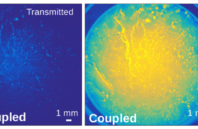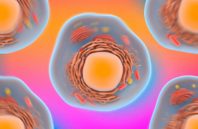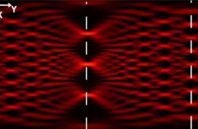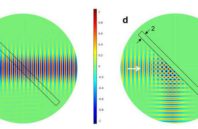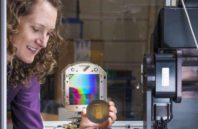Engineers at Stanford University and the University of California San Diego have developed a camera that generates four-dimensional images and can capture 138 degrees of information. The new camera—the first-ever single-lens, wide field of view, light field camera—could generate information-rich...
Read more
4-D Camera Could Improve Robot Vision, Virtual Reality And Self-driving Cars
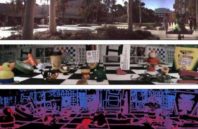

 (585) 768-2513
(585) 768-2513


